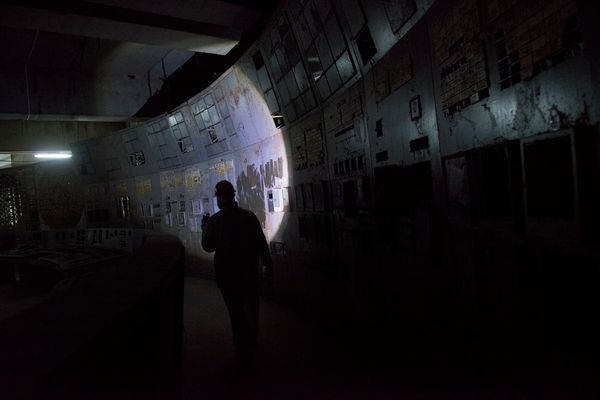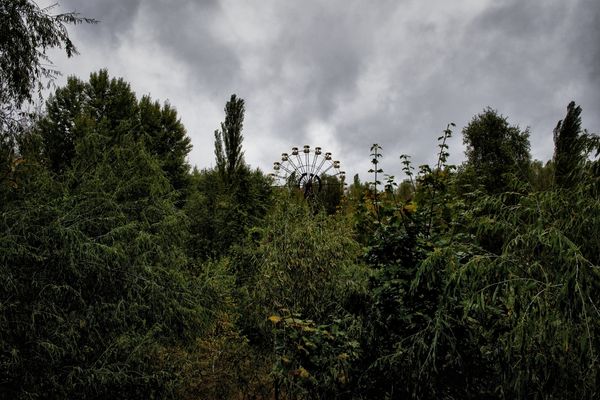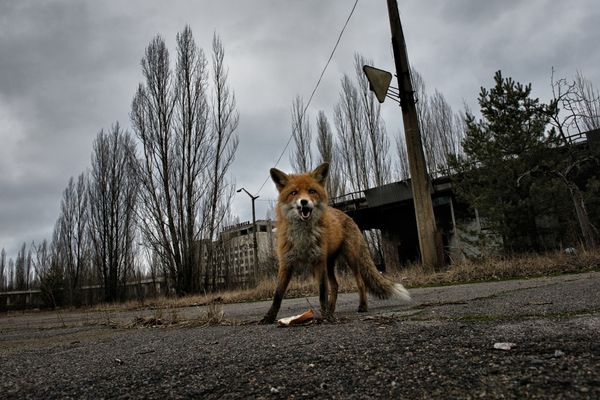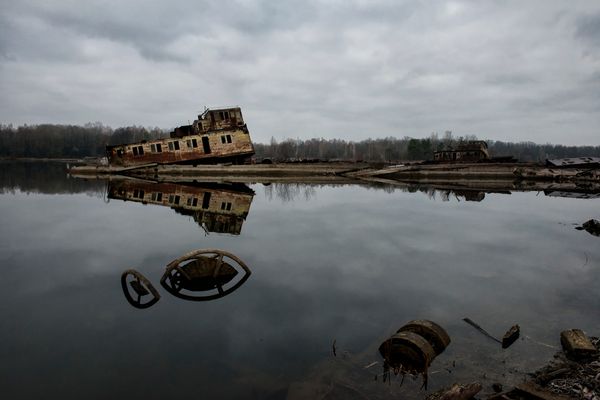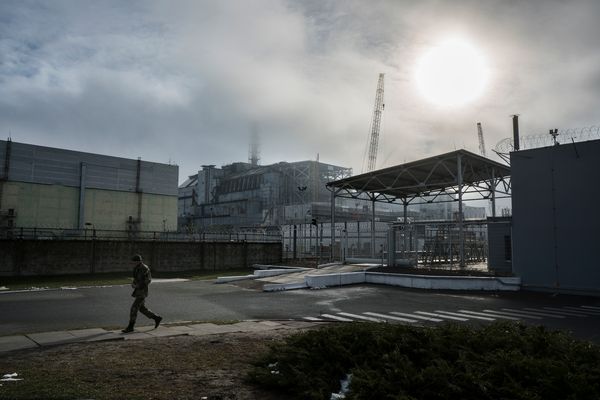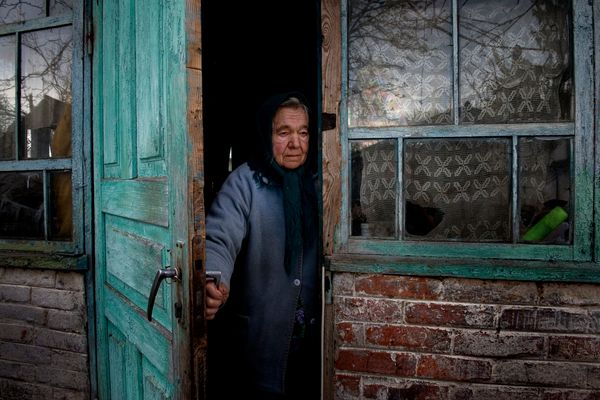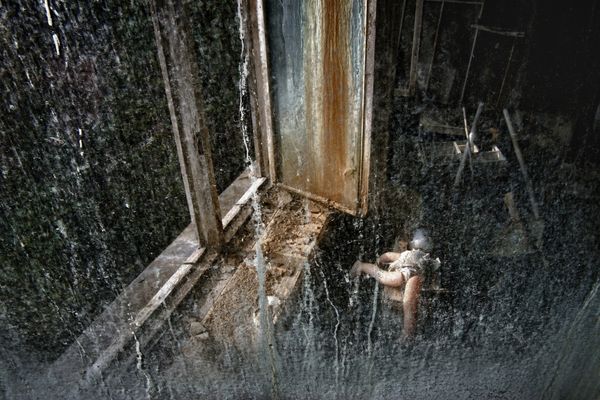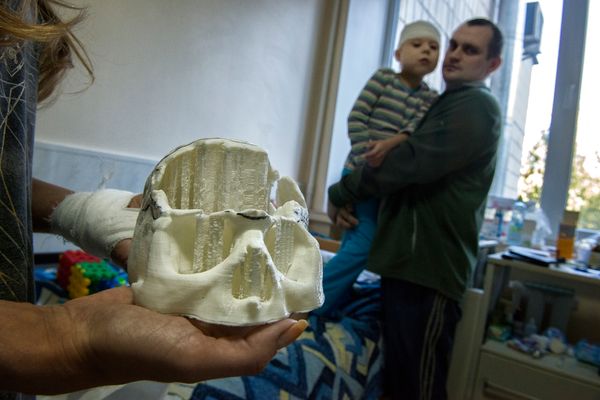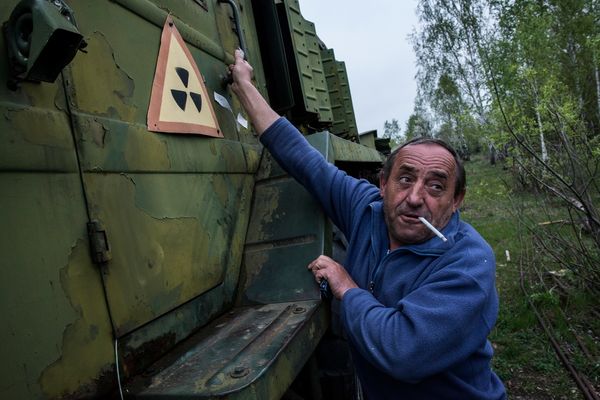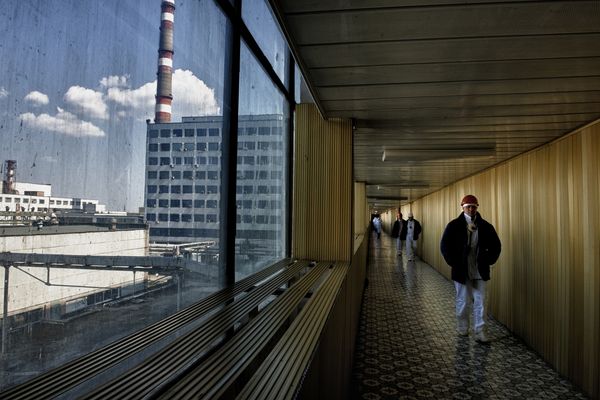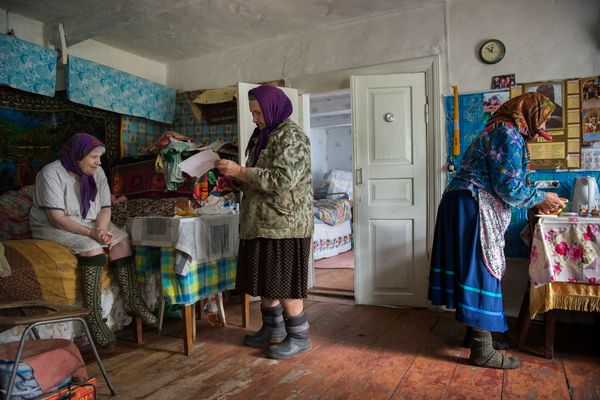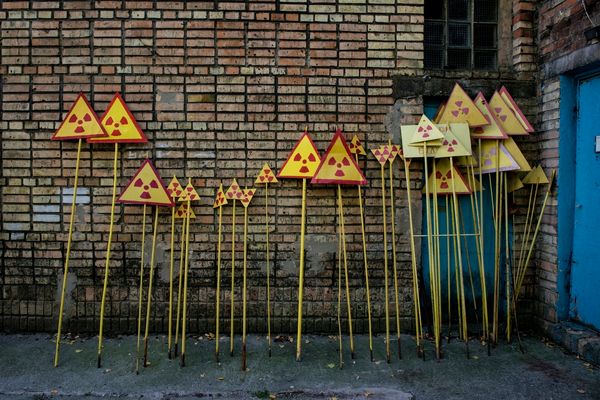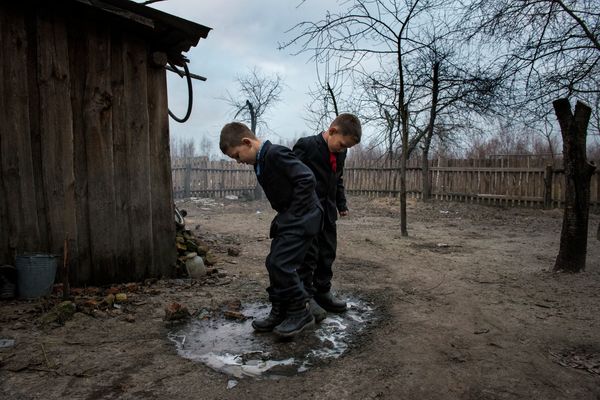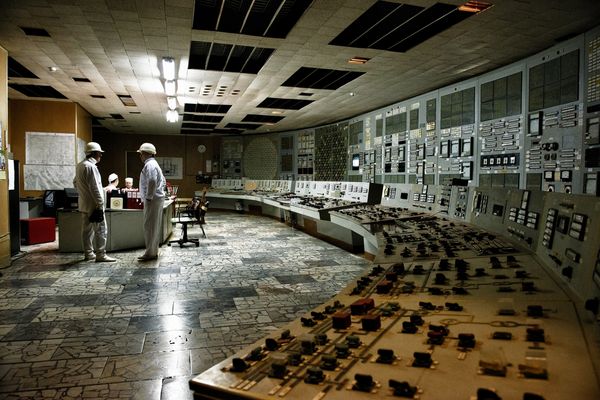Chernobyl 30 years after
-
Dates2014 - Ongoing
-
Author
- Topics Social Issues, Documentary
On April 26, 1986 at 1:24 a.m. a disastrous event occurred, the worst technological catastrophe of the modern age, which blighted the lives of millions of people. That night reactor number four of the Chernobyl nuclear power station exploded. Which is the situation now after 30 years?
Hundreds of thousands of hectares of contaminated land, death, disease and deep sorrow in the lives of just as many people: that’s what Chernobyl stands for. 30 years ago, on 26 April 1986, in the Chernobyl Nuclear Power Plant the scarcely possible deemed total meltdown took place - and provoked the biggest nuclear disaster in history.
The Chernobyl station was built in in the years between 1970 and 1983 about 120 kilometers north of the Ukrainian capital Kiev on the border with Belarus. In the 1980s in the then existing Soviet Union it has been regarded as an exemplary showcase model facility. Besides the four reactor blocks that have already been built it was planned to construct two others. Each reactor was capable to produce 1000 megawatts of electric power. In unit 4 which was not put into operation before 1983 there were 1659 fuel assemblies with a total of 190,2 tons of nuclear fuel. On 25 April 1986, the reactor should be checked for safety. At the same time an attempt was planned. On the basis of a simulated power outage should be demonstrated that the nuclear power plant itself would produce enough energy without electricity from outside to ensure the emergency cooling of the reactor. Despite the fact that there were already recorded a number of technical faults on the same day, any safety regulations were ignored and the experiment nevertheless continued. But caused by operating errors and constructional faults the intended test came completely out of control. Due to a huge temperature increase the power of the reactor was abruptly raised thousand-fold. An uncontrollable chain reaction was triggered. The attempt to prevent it by an emergency shutdown failed. Within a few seconds, there was an extreme energy release in the fuels and the reactor core has been destructed. At over 2000 degrees Celsius the meltdown of the core began. Because of the large quantities of hydrogen that have been formed, a short time later were triggered two explosions causing such a force that the heavyweight cover plate of the reactor core like the roof of the entire building were blown up. Fuel elements and parts of the reactor core were emitted into the air. With the large fire which could be extinguished only days later, large amounts of radionuclides were sucked into the atmosphere. The radioactive emissions, especially iodine-131 and long-living cesium-137, were spread by the wind all over Europe. A first cloud passed over Poland to Scandinavia, a second over the Czech Republic to Germany and further westwards, and a third cloud distributed the fallout over
Romania, Bulgaria, Greece and Turkey. Besides the proximity to the site of the accident rainfalls influenced the degree of contamination on the ground.
In total 150 000 square kilometers in Belarus, Ukraine and Russia were contaminated. An area in which five million people lived at that time. The concerned States suffered an enormous economic damage: 1.4 million hectares of agricultural and forestry land got lost. But the worst hit was Belarus: 30% of its territory was rendered unusable.
Til today around Chernobyl exists an Exclusion Zone of 4300 km2. The area remains contaminated by radiation for a not foreseeable future. Under the old sarcophagus, which after the accident was constructed hastily over reactor unit 4, are still lying 200 tons of molten uranium. The material will still be radioactive for other billion years. Someday it should be eliminated, but until now nobody knows how this can be done. To date there is no technical equipment for the disposing.
Here are still working 8000 people, eliminating the worst damages of the nuclear disaster and trying to prevent new threats. In the power station workers are taking care of the cooling ponds of approximately 21,000 spent nuclear fuels. They build an interim storage, prepare the definitive closure of the reactors one to three and handle and store waste. About 2000 employees are involved in the construction of the New Safe Confinement. Because the old sarcophagus, a monstrosity of concrete and steel which closes the disaster reactor, is fragile and in danger of collapsing. If it would collapse, radioactive dust would be whirled up and spread by wind over the neighboring countries beyond the borders of Ukraine. After the Chernobyl disaster the consequences are well known, even if there are hotly debated until today.
According to official figures, there were 134 deaths in the first year and 116 000 people who was evacuated immediately after the accident. A total of 360 000 people left their homes because of the accident - partly forced by order, partly voluntarily. In extreme cases the evacuees were exposed to radiation doses of 380 millisieverts, the 150-fold value of the normal radiation level. Among the 600,000 soldiers, firefighters and volunteers, the so-called liquidators who participated in the cleanup operations, are about 1000 people who were exposed very high doses of radiation. The men who were involved in the fire-fighting and cleaning up during the first few days, up to 13 Sievert. From a value of seven Sievert radiation is considered fatal.
The not uncontroversial Chernobyl Forum, in which the IAEA, the WHO and the UN are collaborating, came to the conclusion that the total number of fatalities that were directly caused by the disaster is about 4000.
Organizations like the International Physicians for the Prevention of Nuclear War regard these assumptions for understatement. They accuse the members of the forum to be manipulated by the pro-nuclear lobby. A study of the IPPNW and The German Society for Radiation Protection assumes that until 2006 50 000 to 10 000 liquidators have died. Between 54 000 and 90 000 liquidators shall be invalid. Furthermore, at 12 000-83 000 children who were born in the region around Chernobyl, genetic damages occurred. Since 1986 only in Belarus more than 10,000 people with thyroid cancer were diagnosed. Hundreds of thousands suffer psychological trauma.
With the damages caused by the Chernobyl disaster the world will still have to deal for a long time. Even today only in Belarus, Ukraine and Russia 9 million people continue to live in heavily contaminated areas. 600 million of the European population lives in low irradiated territories. As it is assumed that even very low doses of radiation over a long period can affect negatively the health and even provoke genetic damages, consequently also them suffer the consequences of radioactivity. Although the extent is entirely unclear yet, the most effects will be visible only in the second or third generation.
It is also estimated that the most contaminated areas stretching over 260.000 square kilometers of land, (almost as large as Italy) will return to normal radioactive levels in about one hundred thousand years time. Almost 30 years have gone by, so we have another ninety – nine thousand, nine hundred and seventy to go …
Chernobyl, after 30 years, is only at the beginning of its story.
